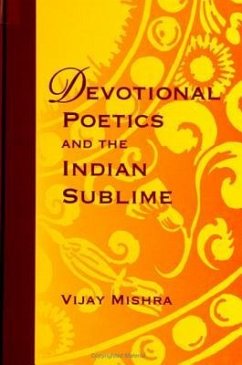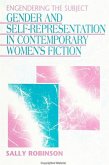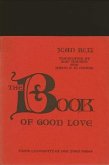The last two decades of the twentieth century have been marked by an immense revival of interest in the sublime. The sublime has been periodized (and "trans-periodized"), gendered, politicized, and even made into a commodity with specific social and economic effects. Yet past studies have used Western texts as their archives. This book dramatically shifts the focus by examining a major instance of a non-Western sublime: the Hindu Brahman. Devotional Poetics and the Indian Sublime examines European theories of the sublime, reads them off against contemporary critical uses of the term (notably by Lyotard and Paul de Man), and proposes that the Hindu Brahman constitutes an instance of one of the most fully developed of all sublimes. Mishra argues that the negative aesthetics of Brahman (and the largely decentered rhetoric of Hinduism generally) is part of this massive culture's use of the category of the sublime (and not the beautiful) to speak about a moment when the mind is confronted with an idea too large to be presented to consciousness. The book then examines the case of one of India's dominant literary genres--devotional verse--to show that once the category of the sublime is grasped (or seen as the undertheorized category of Indian aesthetics), it soon becomes clear that this massive genre is also predicated upon Brahman, the Absolute, as the sublime object of (impossible) desire. It is the first book to offer a comprehensive theory of both the Indian sublime and Indian devotional verse.
Hinweis: Dieser Artikel kann nur an eine deutsche Lieferadresse ausgeliefert werden.
Hinweis: Dieser Artikel kann nur an eine deutsche Lieferadresse ausgeliefert werden.








